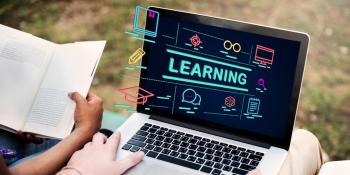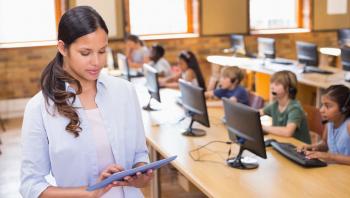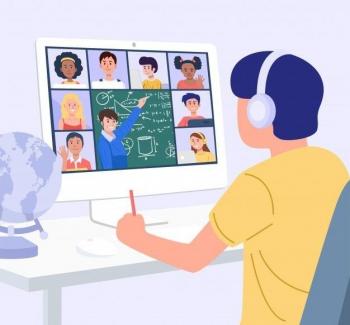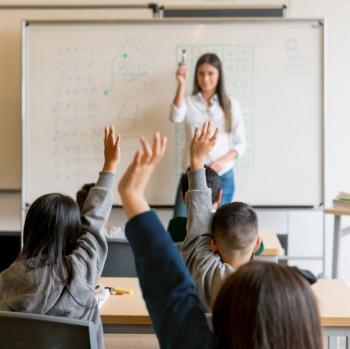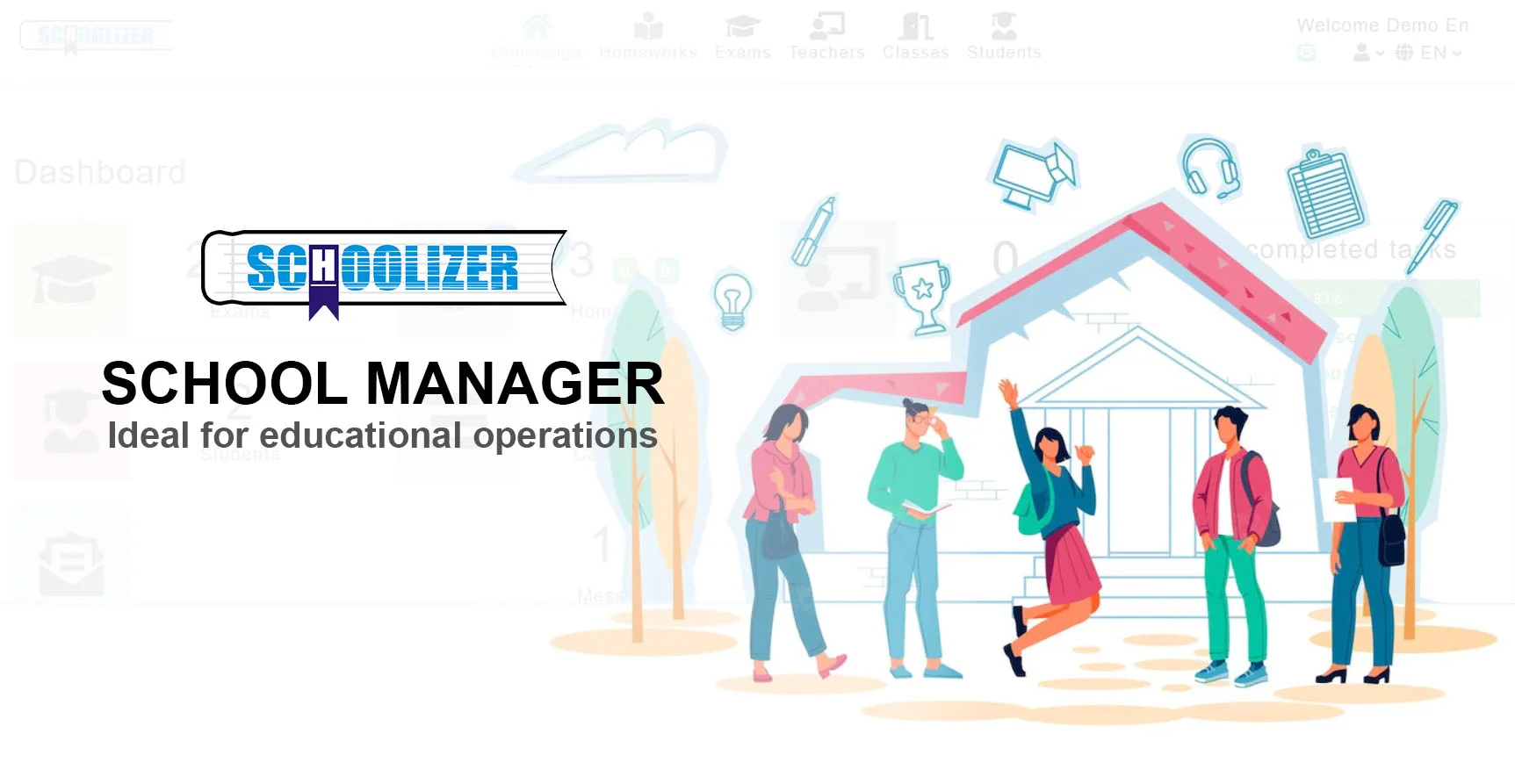Rethinking Learning Loss: A Paradigm Shift in Education

Rethinking Learning Loss: A Paradigm Shift in Education
What if the concept of learning loss is fundamentally flawed? Why do we measure education gaps in terms of what students haven't learned rather than focusing on what they have gained? How can educators, parents, and policymakers shift their perspective to create more meaningful learning experiences? The traditional approach to learning loss often centers on standardized test scores and rigid curricula, but this narrow view may overlook the broader, more nuanced ways students develop knowledge and skills.
Understanding Learning Loss Beyond Test Scores
The term learning loss typically refers to the perceived decline in academic progress, often measured through standardized assessments. However, this definition fails to account for the diverse ways students learn and adapt. For example, during the COVID-19 pandemic, many students developed resilience, problem-solving skills, and digital literacy—qualities not captured by traditional metrics.
A real-world example can be seen in project-based learning environments, where students collaborate on real-life challenges. These experiences may not always align with standardized tests but often foster creativity, teamwork, and critical thinking—skills essential for future success.
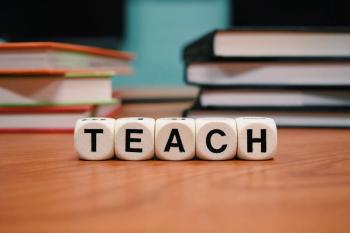
The Problem with Deficit-Based Thinking
Deficit-based thinking focuses on what students lack rather than their strengths. This approach can demotivate learners and create a negative feedback loop. Instead, educators should adopt an asset-based mindset, recognizing the unique abilities and experiences each student brings to the classroom.
For instance, a student struggling with math might excel in visual arts or storytelling. By leveraging these strengths, teachers can build confidence and bridge gaps in other areas. Practical applications include personalized learning plans and competency-based assessments that celebrate progress rather than penalize shortcomings.
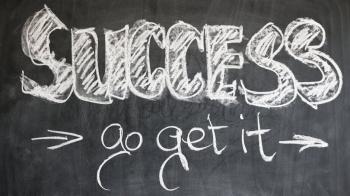
Alternative Metrics for Measuring Learning
What if we measured learning through growth rather than gaps? Alternative metrics such as social-emotional development, adaptability, and curiosity can provide a more holistic view of student progress. Schools like High Tech High in California use portfolios and exhibitions to assess learning, showcasing student work in a meaningful context.
Another example is Finland’s education system, which emphasizes well-being and lifelong learning over standardized testing. This approach has consistently produced high-performing students who thrive in diverse environments.
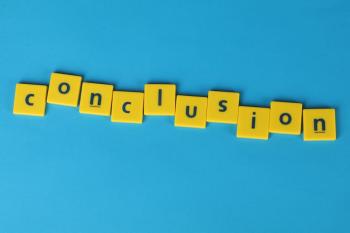
The Role of Technology in Redefining Learning
Technology has transformed how we access and process information. Platforms like Khan Academy and Duolingo demonstrate that learning can happen anytime, anywhere—not just within classroom walls. This shift challenges the traditional notion of learning loss by enabling self-paced, personalized education.
For example, a student using an AI tutor can revisit challenging concepts until mastery is achieved, turning potential gaps into opportunities for deeper understanding.
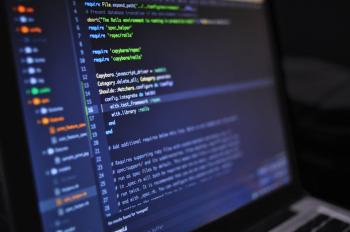
Practical Strategies for Educators and Parents
How can we apply these insights in real-world settings? Here are actionable strategies:
- Focus on growth: Track progress through portfolios, self-assessments, and peer feedback.
- Encourage curiosity: Create opportunities for inquiry-based learning and exploration.
- Leverage strengths: Use students' interests as a gateway to challenging subjects.
For parents, this might mean supporting project-based hobbies or discussing real-world applications of classroom concepts.
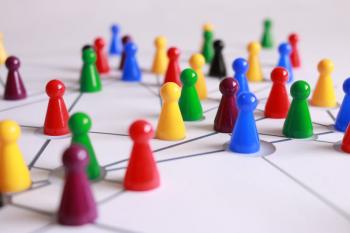
Conclusion: A Call for a New Educational Narrative
The conversation around learning loss must evolve to reflect the complexities of modern education. By shifting from deficit-based to growth-oriented models, we can create systems that value adaptability, creativity, and resilience—skills that truly prepare students for the future.

